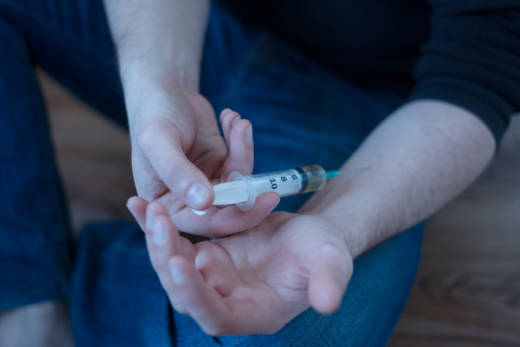One type of superbug bacteria is increasingly spreading among people who inject drugs, according to a new government report.
Users of heroin and other injection drugs were 16 times more likely than other people to develop severe illnesses from MRSA, said the report published Thursday.
“Drug use has crept up and now accounts for a substantial proportion of these very serious infections,” said Dr. William Schaffner of Vanderbilt University, one of the study’s authors.
The U.S. is in the midst of its deadliest drug epidemic ever. While overdose deaths have been the main concern, some studies have noted HIV and hepatitis C infections are spreading among drug users. The authors say the new report is one of the first — and the largest — to highlight how superbug bacterial infections are spreading, too.
MRSA, or methicillin-resistant Staphylococcus aureus bacteria, often live on the skin without causing symptoms. But they can become more dangerous if they enter the bloodstream, destroying heart valves or causing other damage. Health officials have tied MRSA to as many as 11,000 U.S. deaths a year.

